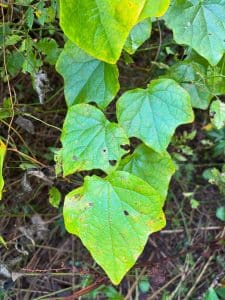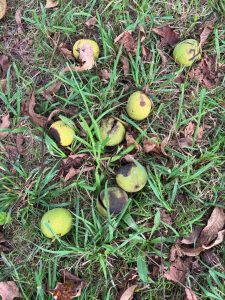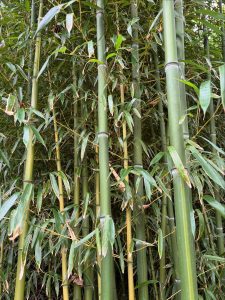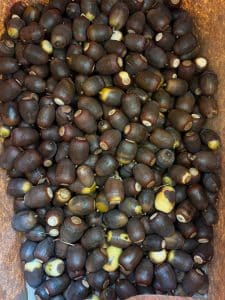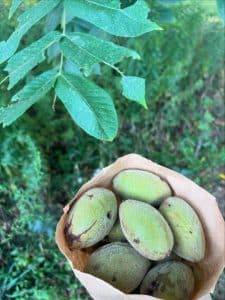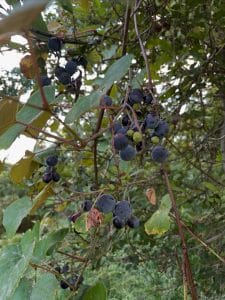Cuban Oregano (Plectranthus amboinicus), commonly known as Mexican mint, Spanish thyme and Indian borage. It is a herbaceous succulent with a scent you may mistake for the herb oregano. It was once native to South and East Africa. However you will now find it growing in many other tropical areas, whether cultivated fields or in the wild. Throughout Kenya and South Africa you will see it growing in woodlands, rocky outcrops or coastal areas.
The plant is a member of the mint family, and the leaves have a similar appearance to mint. The plant has a dense bushy structure, with fleshy and finely haired leaves. The leaves have a serrated edge and a deep glossy green color. When flowering it will produce a number of delicate flower heads in white, lavender and pale pink. It will typically reach a height of 45cm, making it a perfect size for a small herb garden or windowsill. The leaves and stems also have a tendency to trail, so the plant would work perfectly in a hanging basket too.
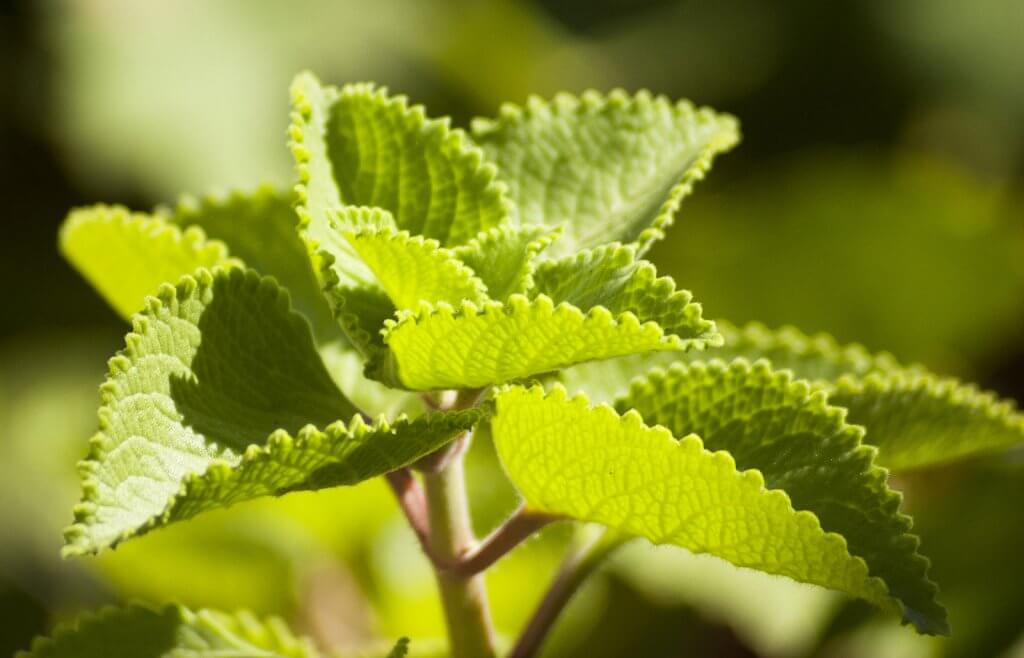
Cultivation and History of Cuban oregano
It is cultivated for commercial use and sold in plant nurseries and specialist herbal shops. Growing your own Cuban oregano is extremely easy as it is fast growing and needs little attention. It thrives best in well drained, loamy soil and a location with partial sun. Cuban oregano is frost tender. So if you live within a cooler climate it is best to keep Cuban oregano in a container. Then bring it indoors during fall and winter. It grows best during hot summer months but can easily burn. So a container is also ideal to help with moving the plant around the garden to find optimal light.
To grow your own Cuban oregano, share stem cuttings with friends and other gardeners or grow from seed.
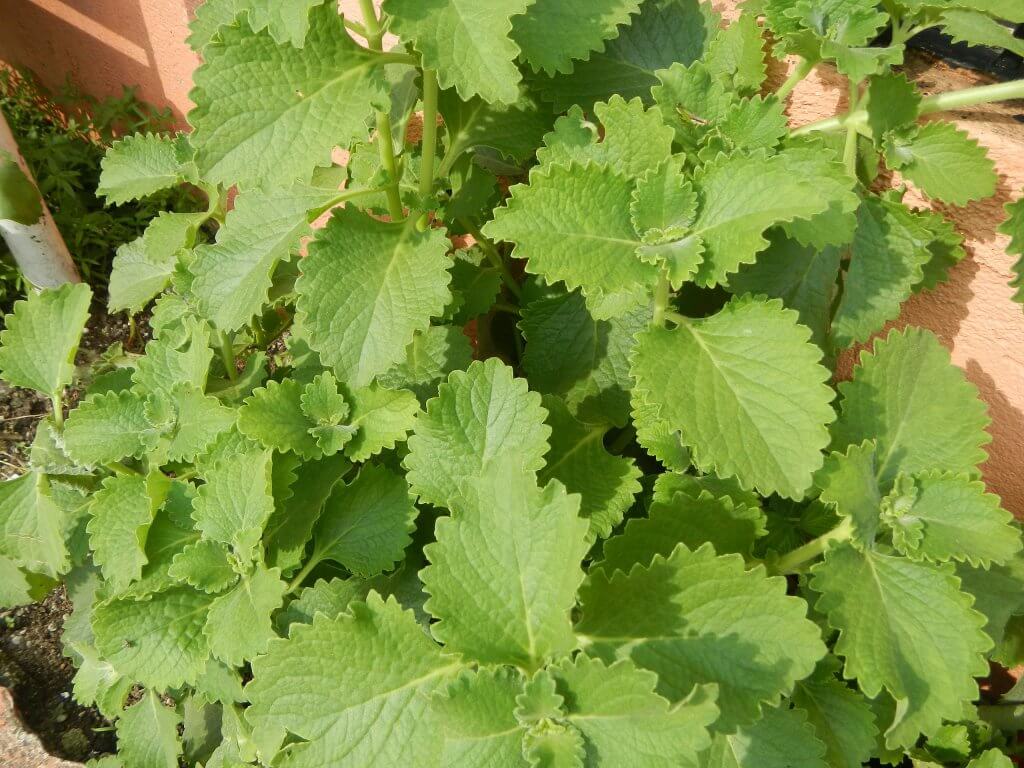
Toxicity
Cuban oregano has no known toxic effects when consumed within foods or used as a herbal medicine. As with most herbal remedies, it is best to consult your doctor if you are taking other medication or if you are pregnant.
Uses
Culinary uses of Cuban oregano
Cuban oregano can be used as a substitute in most recipes that call for actual oregano. Its flavor is slightly more pungent so it must be used sparingly so as not to overpower the dish. Dry and crush the leaves to keep within your store cupboard in an air tight container. Or use them fresh within recipes. You can use Cuban oregano to flavor meats, salads, marinades and stews. Chicken and beef pair particularly well with the depth of flavors given by Cuban oregano.
It is particularly popular in Mexican, Filipino, Indian and Cuban cuisines. It is often used as an ingredient within the popular jerk chicken recipes from the West Indies.
Use the leaves within cocktails and cold drinks for a mild spicy and earthy undertone. Or use them as a decorative garnish upon Cuban dishes and meals.
Medicinal uses of Cuban oregano
Within Ayurvedic traditional medicines, Cuban oregano is used to treat coughs, fevers and colds. It was also used as an anti-inflammatory and diuretic.
In China, Cuban oregano is often taken within herbal tea infusions. It is said to relieve spasms and aid in digestion.
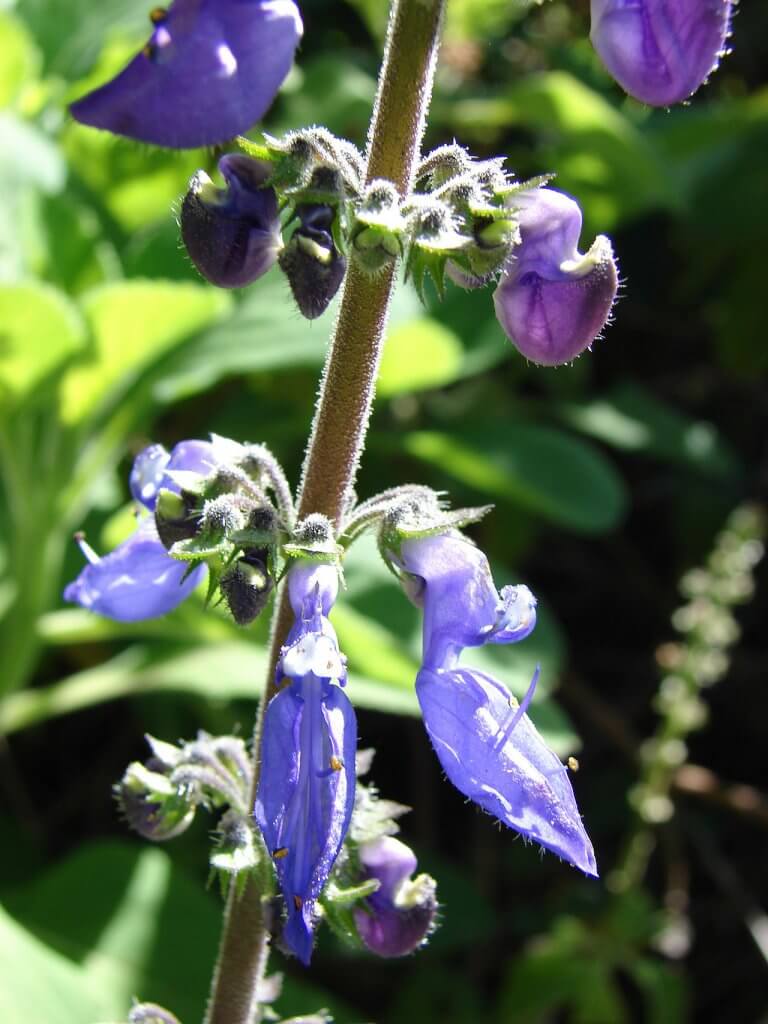
Did you know…
Cuban oregano contains substances within its essential oils that can neutralize the spicy component, ‘capsaicin’ found in hot chilli peppers.
Conclusion
A densely leaved and bushy succulent; Cuban oregano has a beautiful structure that will look fantastic within any herb garden or pot. It can add a light, citrus and earthy spice to many dishes, particularly if you are experimenting with Cuban or Mexican dishes. From Cuban slaw to pork tenderloin. Cuban oregano also pairs very well with sage, bay and rosemary.
Written by Hannah Sweet
Hannah is a freelance writer and graphic designer from the UK. With a penchant for travelling, photography and all things botanical, she enjoys writing about a wealth of topics and issues, from conservation and slow living, to design and travel. Learn more about her writing and design services at www.sweetmeanders.co
Many of our readers find that subscribing to Eat The Planet is the best way to make sure they don't miss any of our valuable information about wild edibles.
See our privacy policy for more information about ads on this site

